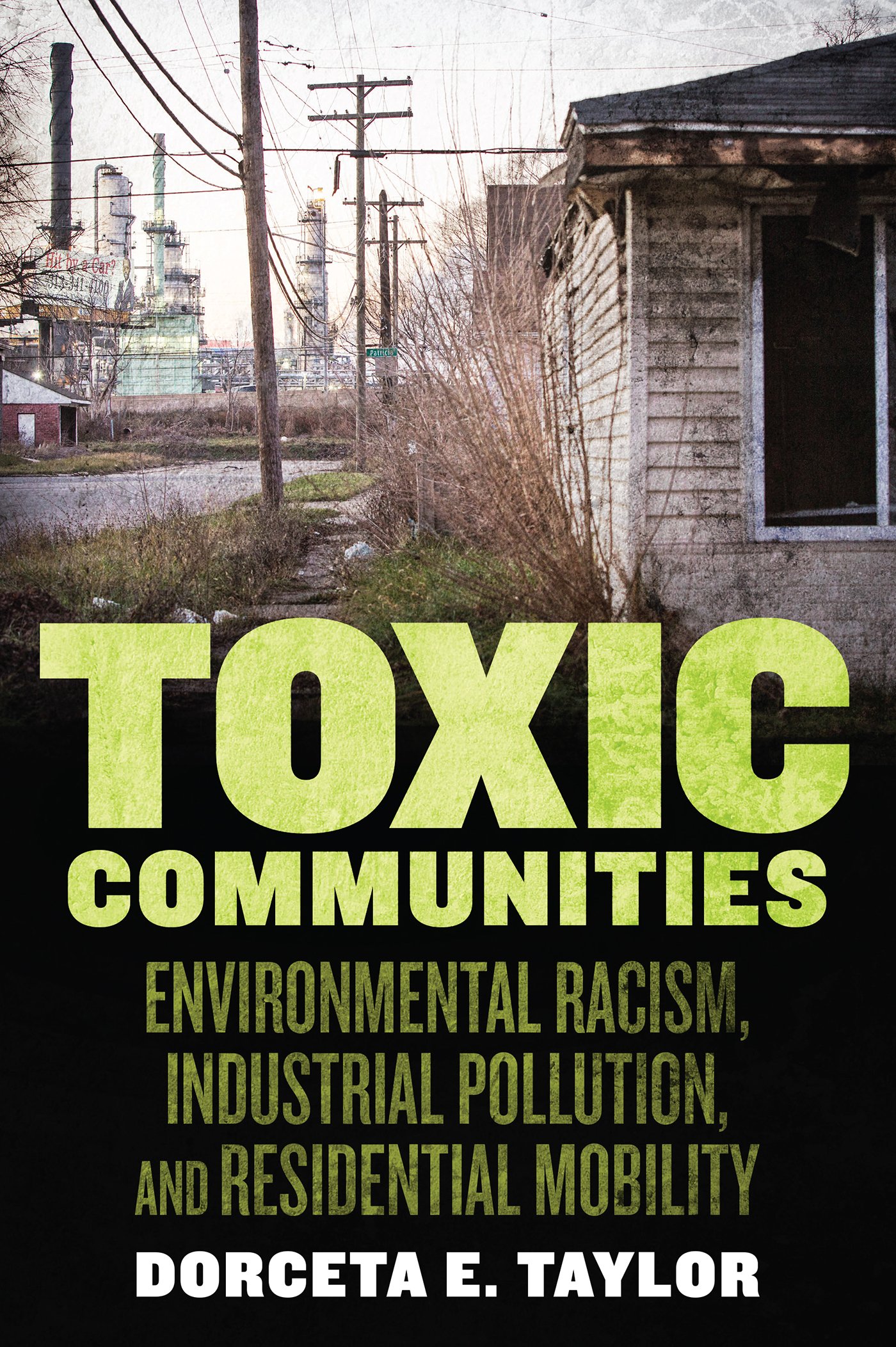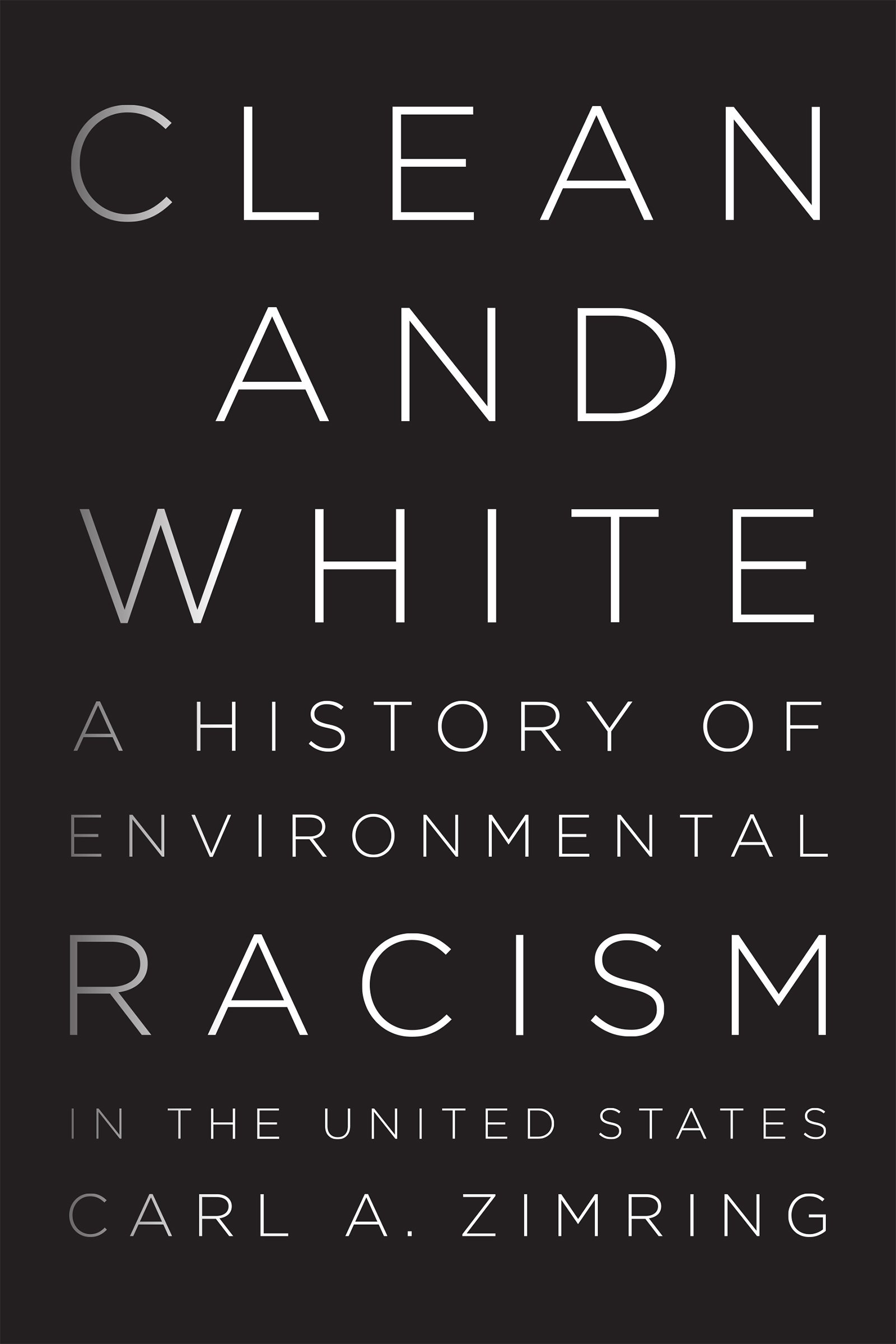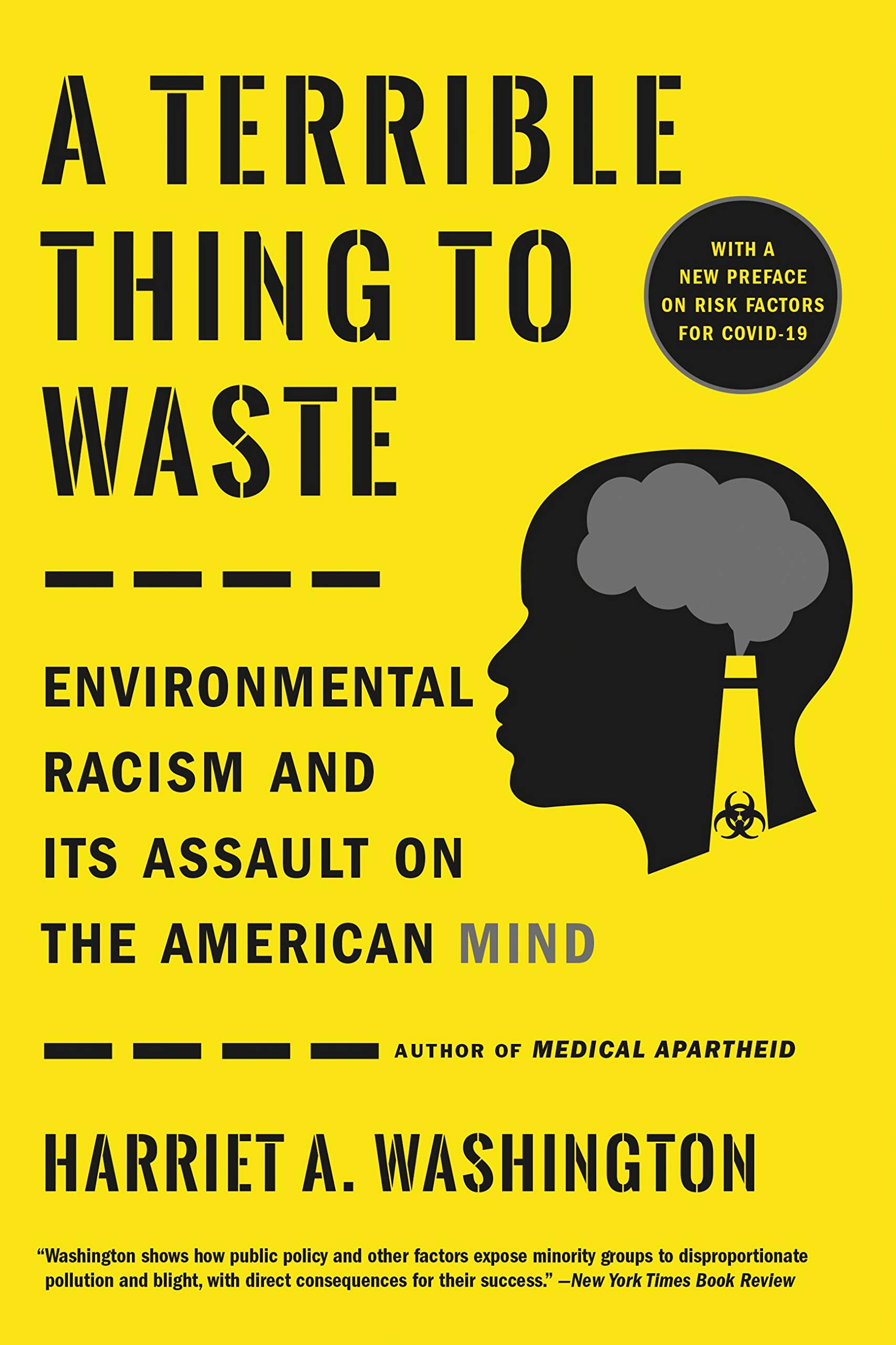This topic will focus on the many ways that systemic racism works in the built and natural environment. The built environment includes issues such as, precarious health due to lack of access to health care, good schools, and physical safety. These are all outcomes based on the intersection of various structurally unequal processes within a system that is built on racial and class inequality. We must understand it to change it.
Environmental racism is a mechanism that leads to decreased health outcomes in poor communities, especially poor communities of color. It is what happens when residents are exposed to a wide variety of pollutants and irritants in their immediate or surrounding neighborhoods. Anthropologists and others have shown relationships between chronic disease such as childhood and adult asthma, and other debilitating respiratory diseases. Most common forms of environmental irritants are:
- Air pollutants (sulfur compounds, particulate matter, cancer-causing organic compounds)
- Waste dumping
- Groundwater contamination
- Natural Disasters (such as Hurricane Katrina-2005)
- Inclement weather due to Climate Change
- Pandemics (Such as Covid 19)
(Goodman, Moses, and Jones, 2020. Race: are we so Different? p.221)
Housing and COVID 19- An intersecting example
Environmental racism can be reflected in housing discrimination which perpetuates inequalities in exposure to environmental pollutants (Washington, 2020a). Social distancing at home can be difficult when biased credit and mortgaging practices such as redlining reduce the likelihood that racial and ethnic minorities will own their own home. As a result, people of color may be relegated to apartment life, which poses challenges against social distancing when one must share crowded living spaces, corridors, and elevators (Washington, 2020b). Furthermore, the COVID-19 pandemic has exacerbated the long history of housing instability for people of color in the U.S.A. due to widespread discrimination and racially targeted polices (Lake, 2020). Even before the COVID-19 pandemic began, Black and Latinx people experienced higher poverty rates than whites (Semega et al., 2019), and Black, Latinx, and Native American renters were more likely to be extremely low income (Aurand et al., 2020a) compared to whites.
The environmental justice movement is a direct response to environmental racism. It aims to address systemic racism and the consequences experienced by communities of color because of contamination including air pollution, toxic waste, flooding, and lack of access to healthy and fresh water. Environmental justice addresses structures that have prevented communities of color from the basic human right to live in an environment that is healthy, and to prevent disproportionate harms due to climate change. For example, if the planet warms 2 degrees Celsius, a new report warns, Black people are 40 percent more likely than other groups to live in places where extreme temperatures will cause more deaths.
Videos
We recommend you watch the following videos to complement the text.
Books
We recommend you read the following books to complement the text.
Additional Resources
To further enhance your learning, check out other recommended podcasts, academic articles, news articles, and websites.
Academic Articles
Check back soon







